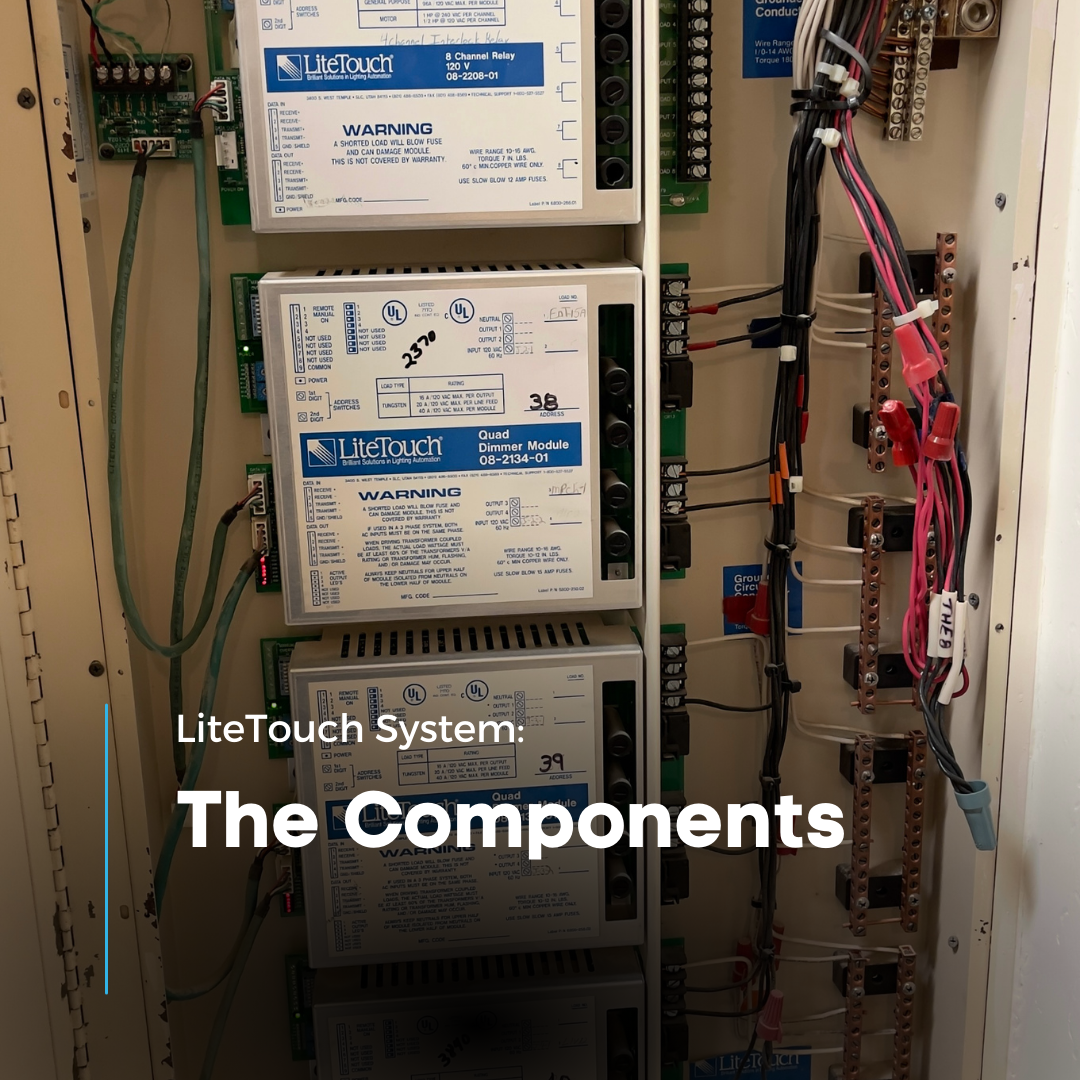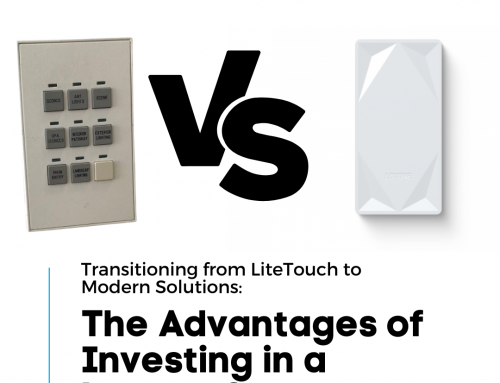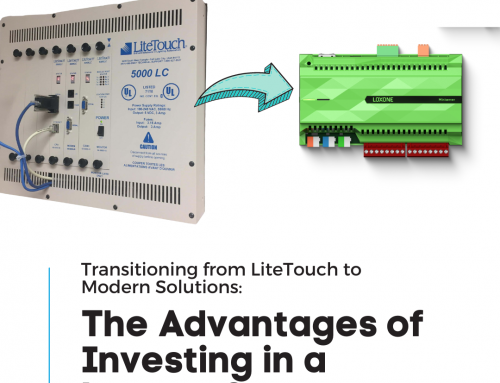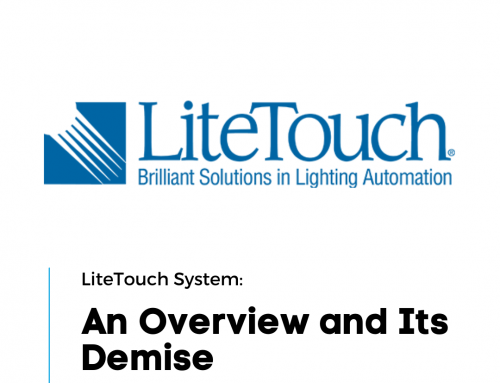The LiteTouch system, at its core, was designed to offer a centralized control system for home automation, primarily lighting. The heart of this operation was its panelized lighting control system. Each system included one or more control modules, which were housed in a central panel. These control modules – dimming, relay, or motor – were responsible for operating the connected lighting or motorized systems. This panelized approach allowed for streamlined, simplified wiring, and eliminated the need for individual wall-mounted switches for each lighting load.
Keypads played an integral role in the user interface of the LiteTouch system. Unlike conventional light switches, these sophisticated keypads could control multiple lights, scenes, or other integrated devices at the touch of a button. Customizable and versatile, these keypads offered the ability to control any light connected to the LiteTouch system, and they could be programmed to accommodate different needs, offering a highly personalized user experience.
At the helm of the LiteTouch system was the Central Processing Unit (CPU). It served as the ‘brains’ of the operation, receiving input signals from the keypads or other integrated controls and sending the appropriate commands to the control modules. This seamless interaction between the CPU, keypads, and control modules is what made the LiteTouch system a pioneering force in the realm of home automation, setting a high standard for user convenience and system integration.
Control Modules
At the heart of any LiteTouch System are the control modules. These are the devices that actually execute the lighting commands. There are three types of control modules in a LiteTouch system:
- Dimming Modules: These modules control the intensity of the lighting. They are capable of setting and recalling preset light levels to create the perfect mood for any situation.
- Relay Modules: The relay modules are used to switch lights on and off. They are also used to control non-dimmable lights and other appliances.
- Motor Modules: These modules are responsible for controlling motorized devices such as window shades and projection screens.

Keypads
The LiteTouch keypads act as the physical interface between the users and their lighting control system. Each button on a keypad can be programmed to execute a variety of commands. This could be as simple as turning a single light on or off, or as complex as setting a scene for an entire home.
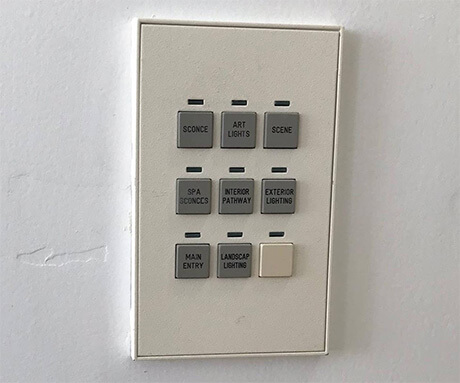
Central Processing Unit
The CPU is the brain of the LiteTouch system. It stores all the programming and coordinates the communication between the keypads and the control modules. In the event of a power failure, the CPU is designed to retain all programming.
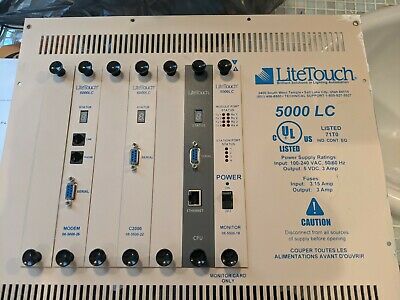
LiteTouch Software
This is the software used to program the LiteTouch system. It’s where the lighting scenes are created, schedules are set, and keypad buttons are assigned their functions. It’s the tool that enabled users to customize their LiteTouch system to fit their unique needs.

